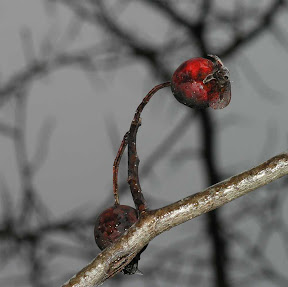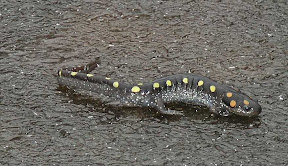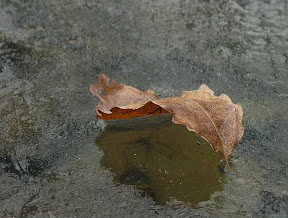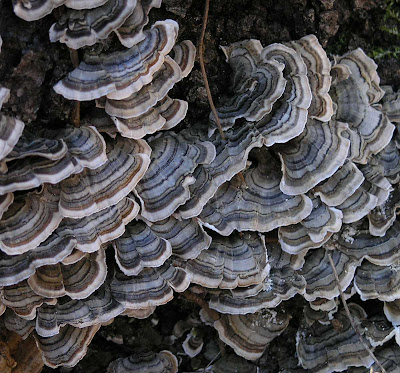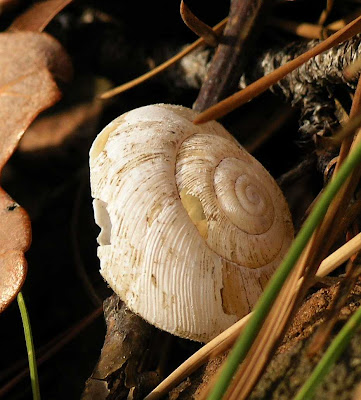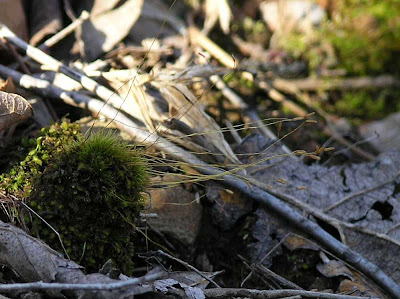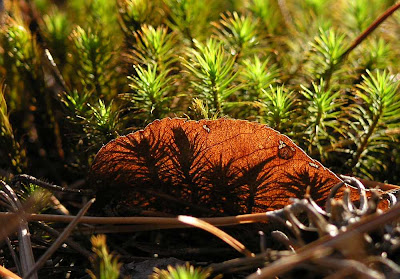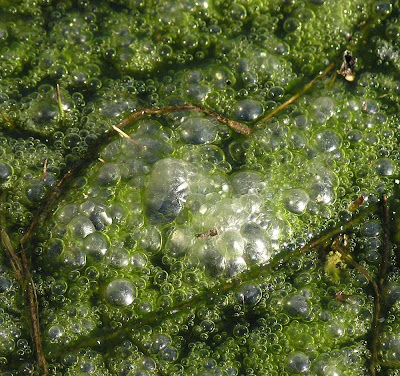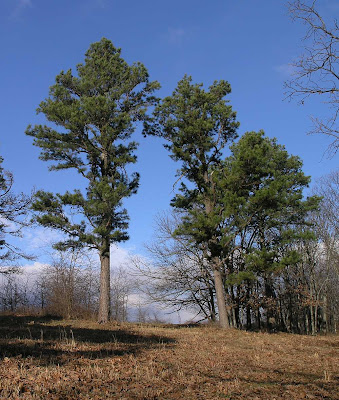
Nine-Banded Armadillo (Dasypus novemcinctus)
Something enjoyed a good meal the other night. I cannot be certain of the predator, of course, but assumed it was a coyote that got lucky and managed to flip the diller over and administer a disabling bite to its unprotected underside. Predatory pressure on armadillos in the Ozarks is relatively light due to our lack of large predators – unless you consider cars and trucks predators. It's said that a large predator with strong jaws can crush the armadillos shell, but I don't think a coyote is large enough to do this. (A friend says that his Rottweiler can.)
Armadillos are mammals. Their closest living relatives are sloths and anteaters. There are twenty species of armadillos, but only the nine-banded is found in the United States. Many South American species are threatened due to habitat destruction. The nine-banded is doing just fine and rapidly expanding its range.
Expansion: There were few armadillos in the U. S. prior to the late 1800s. In 1995 dillers were firmly established in Texas, Oklahoma, Arkansas, Louisiana, Alabama, Mississippi and Florida. A decade later armadillos were also a common sight in Kansas, Missouri, Tennessee, Georgia and South Carolina, and had been seen as far north as southern Nebraska, southern Illinois and western Kentucky. Researchers estimate that the armadillo can establish populations as far north as Nebraska and New York.
late 1800s. In 1995 dillers were firmly established in Texas, Oklahoma, Arkansas, Louisiana, Alabama, Mississippi and Florida. A decade later armadillos were also a common sight in Kansas, Missouri, Tennessee, Georgia and South Carolina, and had been seen as far north as southern Nebraska, southern Illinois and western Kentucky. Researchers estimate that the armadillo can establish populations as far north as Nebraska and New York.
Humans played a major role in the rate of armadillo territorial expansion. By and large, we have stopped eating them. We've eliminated most of the large predators that ate them. We altered habitat, resulting in more of the brushy areas they prefer. And, in numerous cases both intentional and accidental, humans introduced armadillos into new territory. Additionally, the armadillo reproduction success rate is high and they are fairly flexible when it comes to diet.
Food: Armadillos primarily eat insects, especially those buried in soil or rotting wood. The dillers root along in the soil making grunting noises like small pigs. Long and strong claws make armadillos extremely proficient at digging. Like anteaters, they slurp up the insects with their tongues which are coated with a sticky saliva. The will also eat amphibians, tiny mammal young, bird eggs and carrion. In areas where animal matter is in short supply, armadillos will switch to a more vegetarian diet.
Reproduction: Mating in North America usually takes place in July and August, but implantation of the zygote is delayed until November. In times of extreme stress, implantation can be delayed even longer. Females captured and held in isolation have given birth as much as two years after their capture date. Gestation is 120 days after implantation.
Before development begins, the fertilized egg divides. The resulting two cells also divide once. Therefore, a normal armadillo litter is four identical quadruplets.
 Swimming: When faced with a body of water it wants to cross, an armadillo has two choices. If the body of water is small, the armadillo can simply hold it's breath (for up to six minutes) and walk underwater to the opposite side. The weight of its shell keeps the diller anchored to the bottom of the stream. Armadillos can also swim. They are able to gulp air into their stomachs and intestines to provide buoyancy.
Swimming: When faced with a body of water it wants to cross, an armadillo has two choices. If the body of water is small, the armadillo can simply hold it's breath (for up to six minutes) and walk underwater to the opposite side. The weight of its shell keeps the diller anchored to the bottom of the stream. Armadillos can also swim. They are able to gulp air into their stomachs and intestines to provide buoyancy.
Behavior (Primarily based upon personal observations.): Armadillos seem to be fairly oblivious creatures with only marginal fear of humans. I suppose this is because they have few natural predators. You cannot quite walk up to a diller and poke it with a stick, but almost. Sometimes when I've tried to approach a diller in the open, it has seen me coming and scampered off. Other times, I've been able to walk up within a few feet of a feeding diller. The armadillo has continued to feed for several minutes before “suddenly” noticing me and moving on.
When severely startled, an armadillo is said to be able to jump three or four feet straight up. This is a survival mechanism in the wild, but works to the diller's disadvantaged when being passed over by a vehicle on the highway. I have never seen an armadillo jump anything like that high. The usually just give a slight little jump before scamping away. Perhaps I'm just not as startling as an 18-wheeler.
Most gardeners consider armadillos pests. Dillers are primarily nocturnal. You can end the day with a nicely mulched and maintained raised bed out in the garden and wake up to a bed that looks as if it has been tilled and partially spread over the adjoining aisles. Any seedlings or recent transplants in the bed are history.










